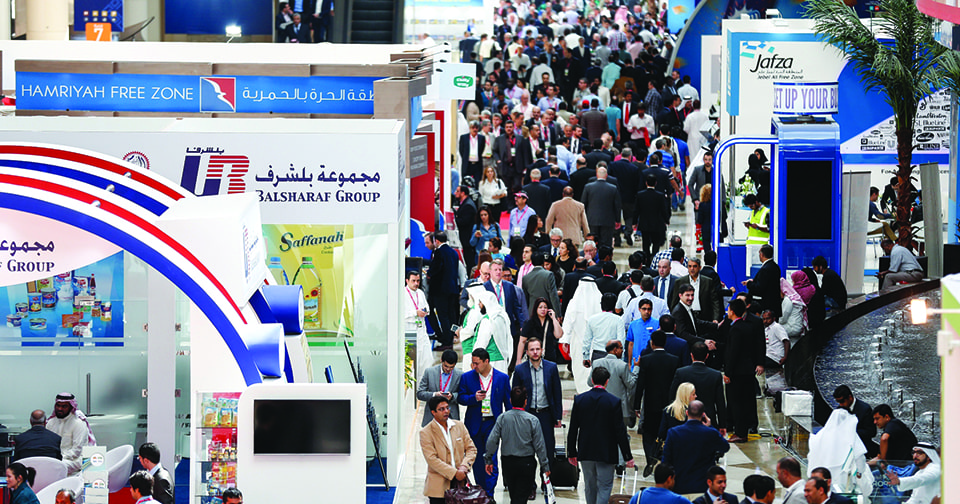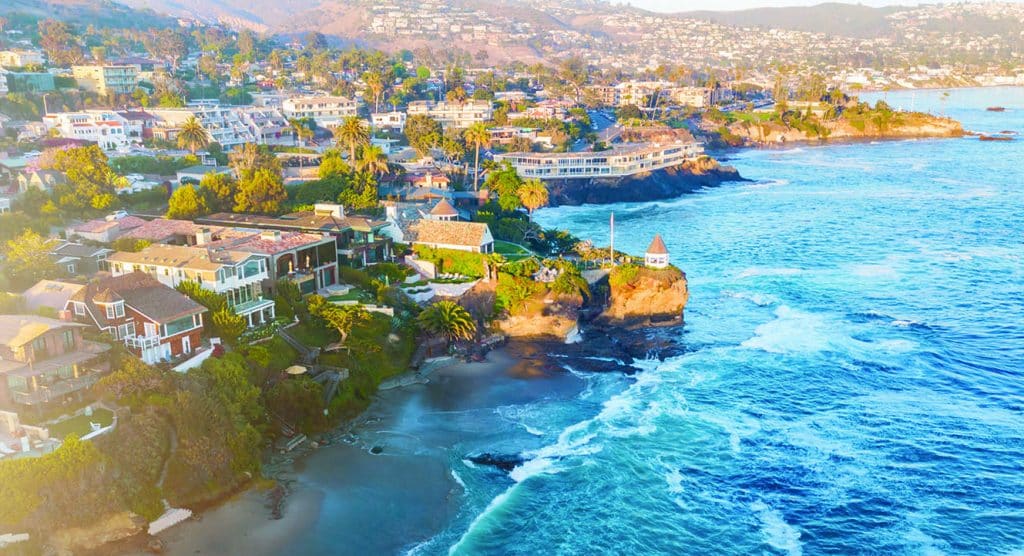
After two decades in which Gulfood has emerged as the world’s leading annual food trading platform, industry professionals across the globe keenly await Gulfood 2016 as an opportunity to link up, trade and transact in Dubai, UAE, and, vitally, to learn about the latest trends informing their businesses.
The 21st Gulfood, which will run at the Dubai World Trade Centre from 21-25 February, says it will bring “More tastes, more trends, more trade” and is living up to that promise with new product sources, supply chains and consumer product indicators. For instance, we have secured the show’s first-ever Russian national pavilion, led by the country’s Ministry of Agriculture. Russian participation has huge potential for buyers and sellers. Russia is now one of the world’s largest grain exporters and the recent devaluation of the rouble makes it highly competitive.
Investment in the Russian food sector is resulting in more sophisticated product, which is now finding its way into mainstream Gulf supermarkets. Yet Russia remains a much larger agricultural importer than exporter. In 2013, Russia’s agricultural and food imports reached $39bn (£26.5bn), versus exports of $14bn. It imports high-value products such as meat, fruits, vegetables and processed foods. With its recent geo-political challenges it is likely to be looking for new suppliers, particularly from Asia and Africa.
We anticipate strong exhibitor-to-exhibitor relations being built, as well as significant numbers of Russian buyers looking for new supply routes via Dubai’s exceptional food transport infrastructure and international air links.
Russia is just one of 114 national pavilions at the 2016 show. With the Russia pavilion taking up 1,055 sq ft, demand for space – as it is every year – has been exponential from national groups. In total, the show now covers nearly 1.3million sq ft of world-class, multi-functional indoor exhibition space that includes three new halls and two purpose-built temporary structures totalling 117,327 sq ft.
Italy takes centre stage
Italy will be the largest participating country as it looks to drum up even more business for hospitality equipment and its diverse food and beverage products roster. Italian interest in Gulfood’s market outreach just keeps on growing and consumers across the Emirates are the key area.
Italy is focusing on a very high-end offering of products from fresh fruits and vegetables, to dairy – mainly cheese – pulses, dried and canned foods, dried and frozen foods, grocery products, olive oils and vinegar, juices, sweets and snacks.
The UAE is the Italian food industry’s fastest growing market and it remains very attractive because of huge prospective tourism development – including scores of new hotels and hundreds of new restaurants – associated with EXPO Dubai 2020, when the city’s restaurant outlets are expected to double to cater to upwards of 20 million visitors. The Emirates also play a pivotal role as a transhipment hub for the rest of the Gulf, wider Middle East, Africa and Asia. Italian food product sales to the UAE have grown steadily recently. They rose 31.1% in 2012, a further 39.5% in 2013 and again by 9% in 2014 to reach €241.3m (£177m). In Q1 of 2015, exports climbed a further 23.6%. Without doubt, the Euro fluctuation against the Dollar and Dirham has significantly
assisted eurozone exports, and Italy in particular.
At Gulfood 2016, more than 190 Italian companies will occupy 42,582 sq ft while a few Italian producers will also go it alone with specialised stands.
Growing trends
Another stand-out trend will be a move towards the promotion of healthy food products and systems. Del Monte Foods Inc., which has its regional headquarters in Dubai and from where it says it’s looking to expand geographically, exemplifies this. Del Monte says 2016 will see the rise of health consciousness among consumers – a trend it hopes to satisfy with new product categories and line extensions. It will demonstrate its increasing involvement in farming operations within the region, growing fresh produce on off-soil technologies as well as from the ground on farms in the UAE and Turkey, with plans for more in Jordan and Saudi Arabia.
There will also be a lot of activity around the third Halal World Food, the world’s biggest annual Halal food sourcing trade event – now an integral part of Gulfood. This show-within-a-show platform is an essential prerequisite for any supplier looking for a foothold in the global Halal market, which is expected to reach $10trn by 2030.
Gulfood 2016 will also shine a spotlight on coffee and, for the first time, host the ninth World Cezve/Ibrik Championship, the first time the competition for the centuries-old art of brewing coffee in a ‘Cezve’ or ‘Ibrik’ – a small, long-handled pot – has been held in the Arabian Gulf.
In 2016 we expect Gulfood to draw over 85,000 finished food suppliers, bulk commodity wholesalers and exporters, and hospitality equipment suppliers from more than 170 countries.
Visitors will include international heads of state, ministers, government officials and national trade associations from five continents.
The show’s annual trading legacy runs into billions of dollars and with fresh exhibitor features and new supply chain potential, there’s every reason to believe new trading records will be set.
Further information Gulfood 2016 is a trade-only event. The show is open 11am-7pm from February 21-24 and 11am-5pm on February 25. Visitors can pre-register at gulfood.com to save $27 on the $66.65 on-site entry fee.
Mark Napier is exhibitions director at Dubai World Trade Centre




